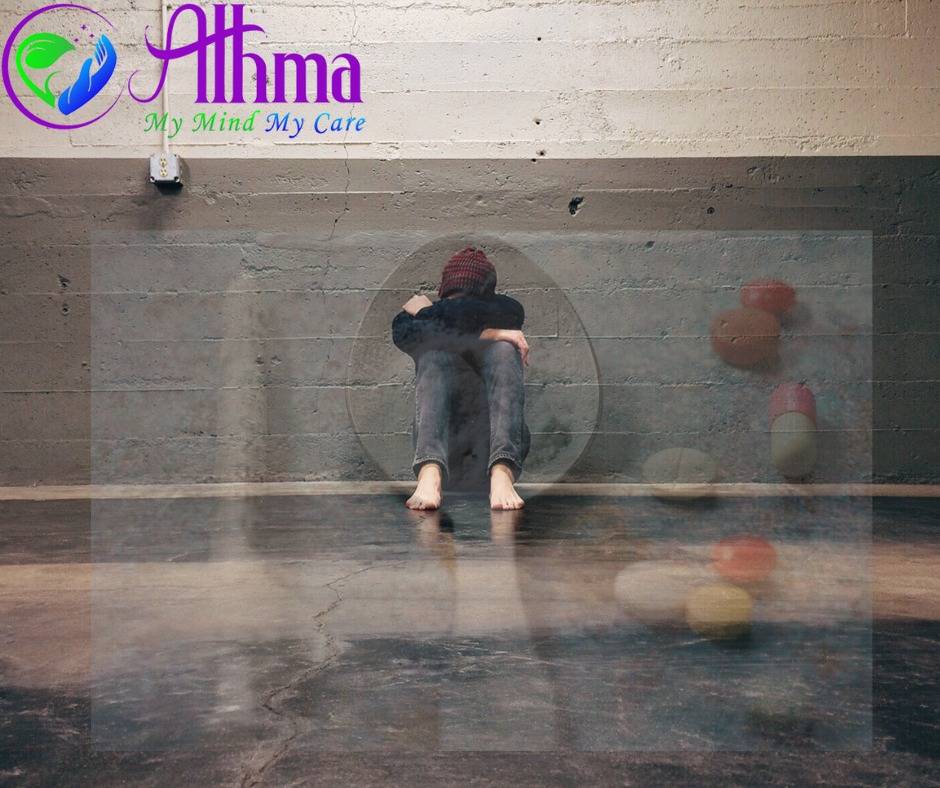Substance use
November 8, 2023

Children are important asset for future of a nation. Current times have witnessed an incremental increase in substance use among younger population, with more people stirring substance use from an early age.
Use of tobacco, alcohol, and other substances among children and adolescents is a public health concern in several parts of the world, including India. While rave groups have increasingly come to attention, the use of various licit and illicit substances among the school students, out-of-school youngsters and street or homeless population is also on the rise.
At junctures, anti-social behaviours e.g. lying, stealing, pick pocketing etc. may occur in association with early-onset substance use. Further, adolescents exploiting substances may tend to employ in several sexual and other heightened risk behaviours, predisposing them further to the negative consequences of substance use.
Alcohol, tobacco and inhalants are common initial substances of abuse and have been described as ‘gateway substances’. These substances are easily available to the children. The use of these gateway substances raises the ensuing risk of shift to harder and illicit substances.
However, nowadays every children, especially both the school & out-of- school children, the street based, slum based and vulnerable populations are at a risk of testing with most precarious substances both licit as well as illicit in spirit.
However, the psychological and health consequences in using all these could be short term as well as long term as well. According to various sources like National Crime Records Bureau (NCRB), Health studies, the effects are as follows:
The long term use of substances has an impact on a number of spheres of an individual’s functioning. Various complications may occur due to substance use as follows:
● Psychological: Shame, guilt, low self-esteem, depression, anxiety
● Cognitive difficulties: Attention and memory problems interfere with learning at school or acquiring the work skills
● Academic poor performance: Low grades, learning difficulties, at risk of dropping out.
● Familial: Mistrust of parents, scolding, and relationship problems.
● Health damage: Lowered immunity, risk of infectious illnesses, inhalant use may affect multiple organs, including heart and brain.
● Sudden death may occur with inhalant use, due to suffocation, choking, heart rate disturbances (sudden sniffing death syndrome).
● Social: Loss of relationship with non-substance using peers, out-cast .
● Anti-social activities: May engage in stealing/lying to procure substances.
● Risky behaviours: Driving under Influence: accidents, road rage, violence, unsafe sex, exposure to sexually transmitted infections/HIV, teenage pregnancy.
The first substance exploited by children was tobacco and followed by inhalants, cannabis, alcohol, proceeding then to use of non-injecting substances, heroin and then finally use of substances through infiltrating route like injecting. Peer influence is another important factor, three fourths of the children reported having friends they can trust and depend upon and alarmingly reported having close contact with friends who use substances and only a little having friends who are not using substances.
Since there is a saying, “The best inheritance a parent can give his children is a few minutes of his time each day”, Parents have a key role in prevention of drug addiction because of their important social role. Their adequate informing with suitable level of communication, love and trust in a parent–child relation would ensure that children are better kept away from drugs.
Adequate and timely information for the adequate parents rearing attitude based on a combination of love and trust, deepening on a sense of closeness and support will enable the role of parents in the prevention of child drug abuse.
We are obsessed with 2-minutes Maggie, why not you can’t be at least a 2-minute parent every day for your children??